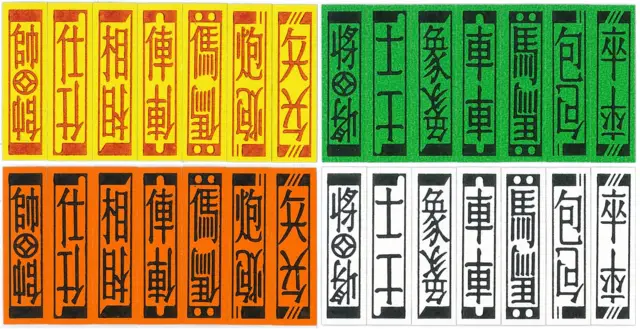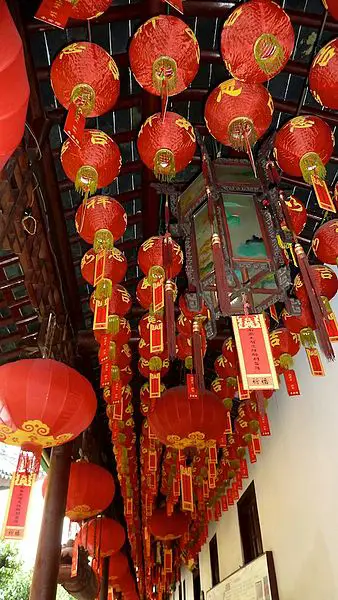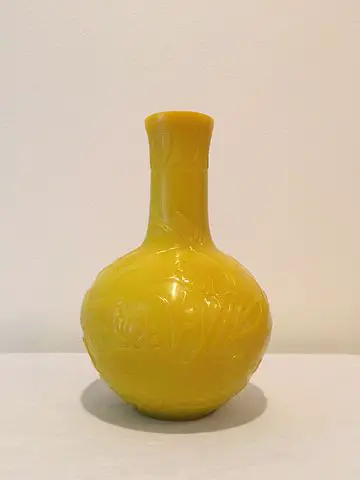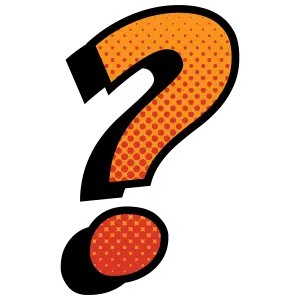Numbers and colours had very special significance (meaning) in Ancient China.
There are lots of superstitions (beliefs) in China about numbers being lucky or unlucky.
Colours were used on clothing to represent certain ideas. Some colours are also associated with the cardinal points (they are the points on a compass: north, south, east and west).
Let’s explore some facts about them!
Ancient Chinese Numbers
There was an ancient number system in China that dates back over 2000 years. It used bamboo sticks to arrange the numbers 1-9.
Then, these numbers were placed in columns to create tens, hundreds and thousands. It was quite similar to the number system we use today (decimal).
It was the first of its kind in the world.
Instead of the figures we use today (the Arabic numbers), it was a rod type system with sticks representing numbers.
Mostly, these days, Arabic numbers (1,2,3 etc) are used but in some Hong Kong markets you can still see the old system of displaying numbers in lines.

Lucky and unlucky numbers
In Ancient China, certain numbers were considered unlucky or unlucky. The number 2 was lucky because pairs were seen as a good thing.
The number 8 was also lucky because when you say 8 out loud in Chinese it sounds like the word for ‘prosper’ (which means to have good fortune).
The number 9 is also lucky because it sounds like ‘long life’. Because it sounds like ‘long life’, this number is used in weddings.
The number 4 was considered unlucky because it sounds like the word for ‘death’. People will avoid these numbers at all costs.
Even in buildings, sometimes there are no room numbers or floor numbers with the number four in them (like 40).
Colours
Colours have always had special meanings in Chinese culture.
- Red is very special because it is considered an extremely lucky colour. Red is the colour that would be worn by a bride on her wedding day or used for decorations for special and important occasions. Red also symbolises fire, summer and the south of China.

- Green is associated with nature, wood, and spring. It also signifies the east.
- Black is like the opposite to red because it symbolises water, the winter and the north. Emperor Qin loved black; it was his favourite colour!
- Yellow was a special colour in Ancient China for all Chinese emperors. It was a colour that only emperors and their family could wear. It was also the colour of the change of the seasons and the earth.
- White is an unlucky colour and is worn when somebody dies. It is the colour of autumn and the west.

Quiz
Take a quiz to test yourself about numbers and colours in Ancient China…
- Is the number 2 unlucky or lucky?
- What does the word for eight mean in Chinese?
- Which colour could only be worn by the emperor?
- Which colour is like the opposite to black?
- When is red worn?

Answers
- The number 2 is lucky
- The word for eight also means ‘prosper’ in Chinese
- The colour yellow was reserved for the emperor and his family
- The colour that is like the opposite to black is red
- Red is a popular colour to wear at weddings because it is lucky